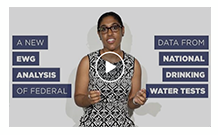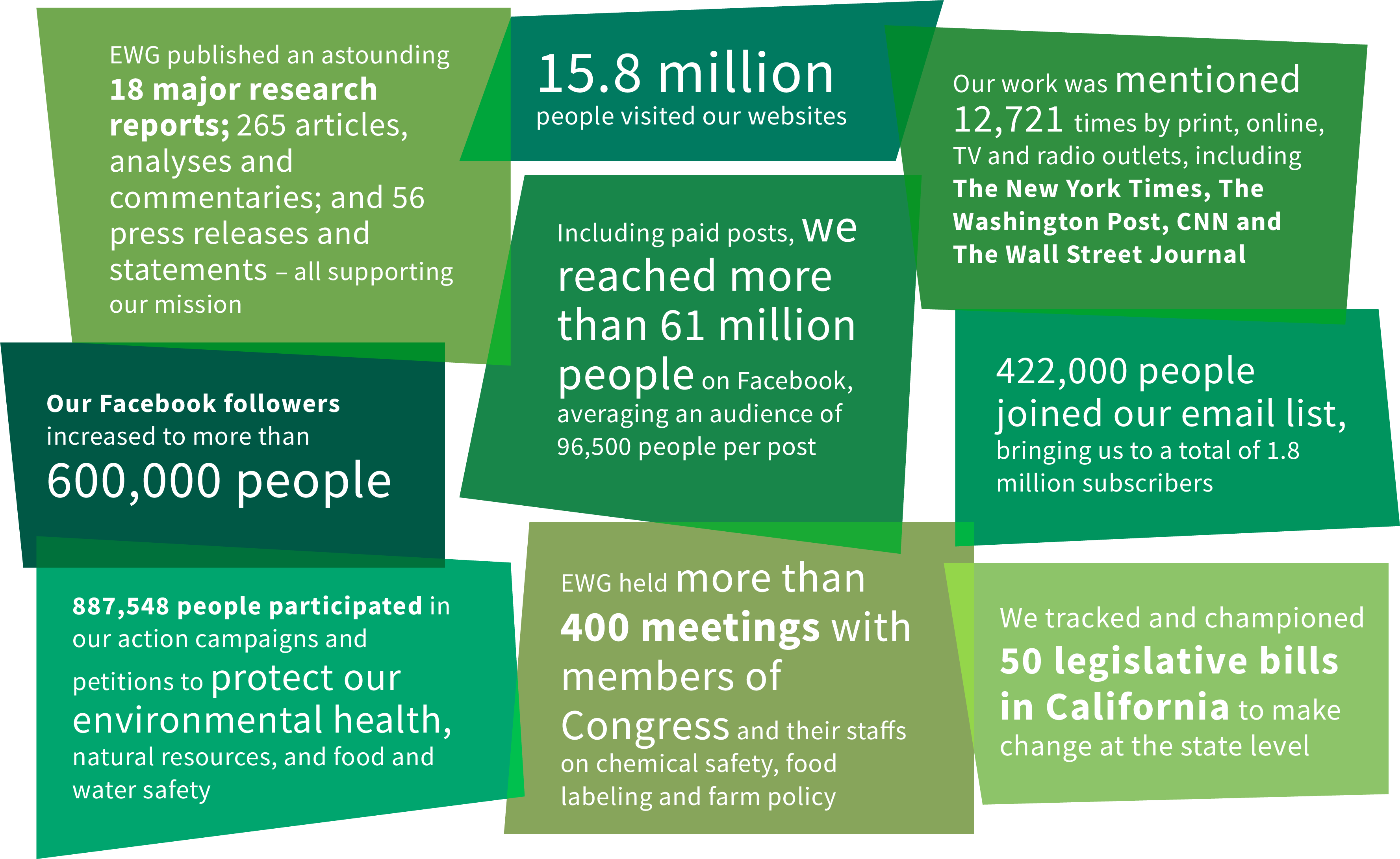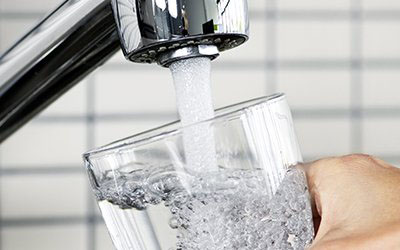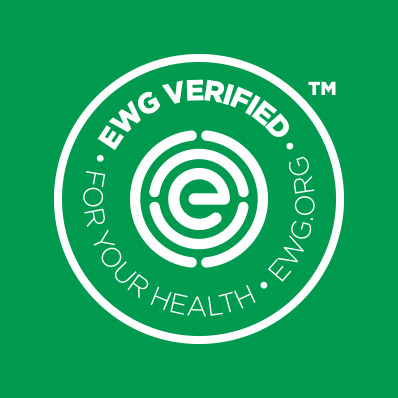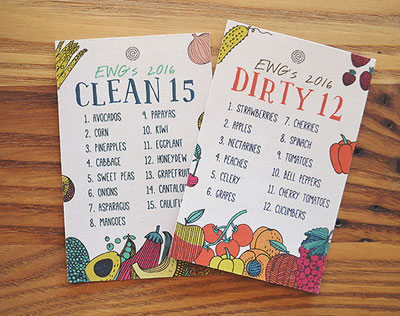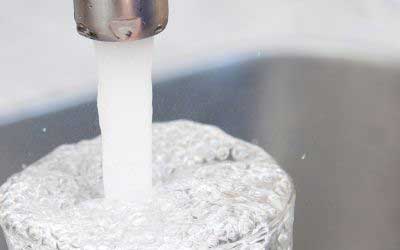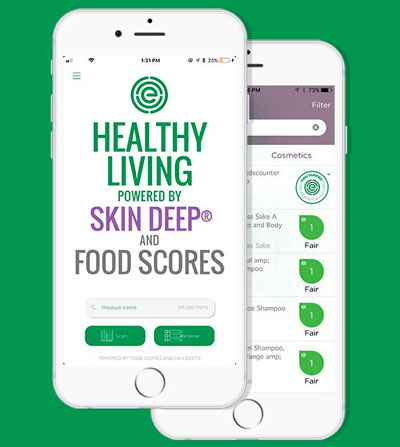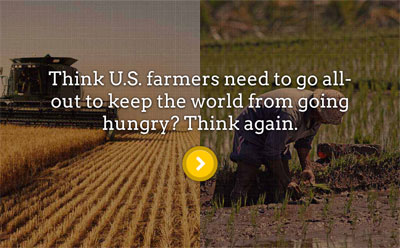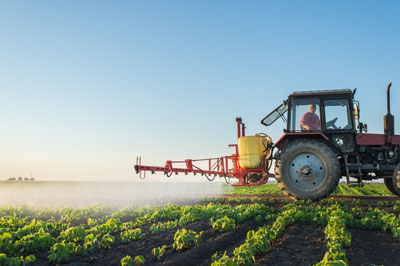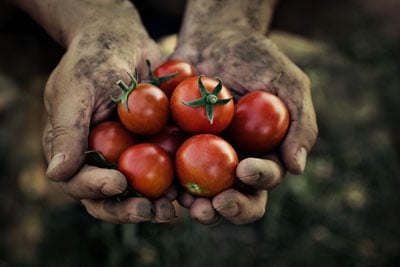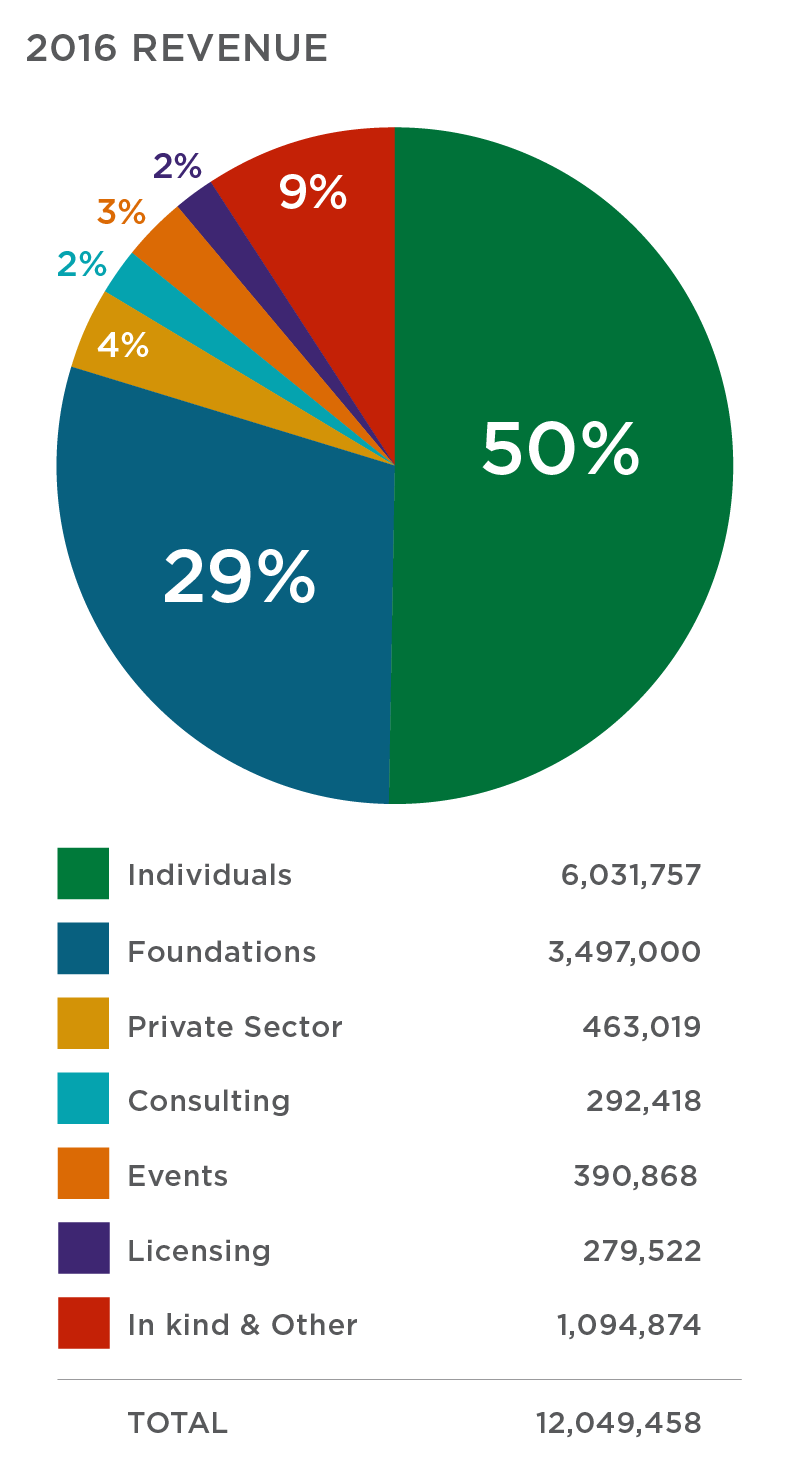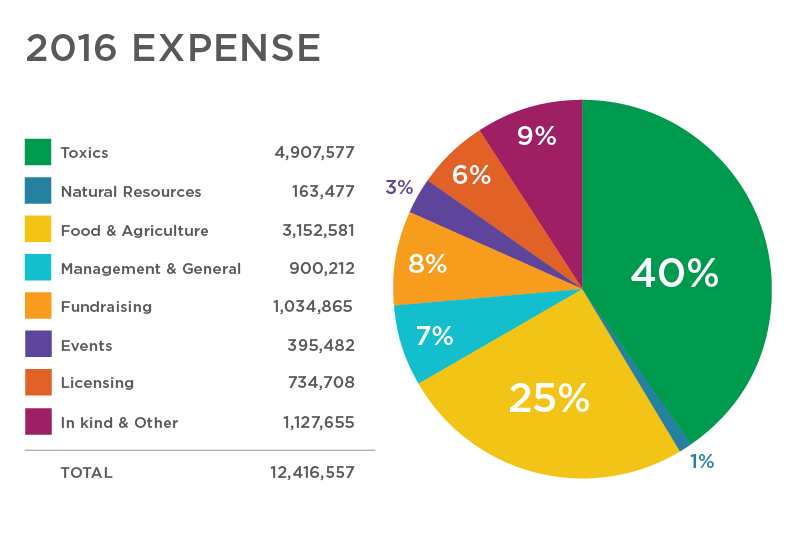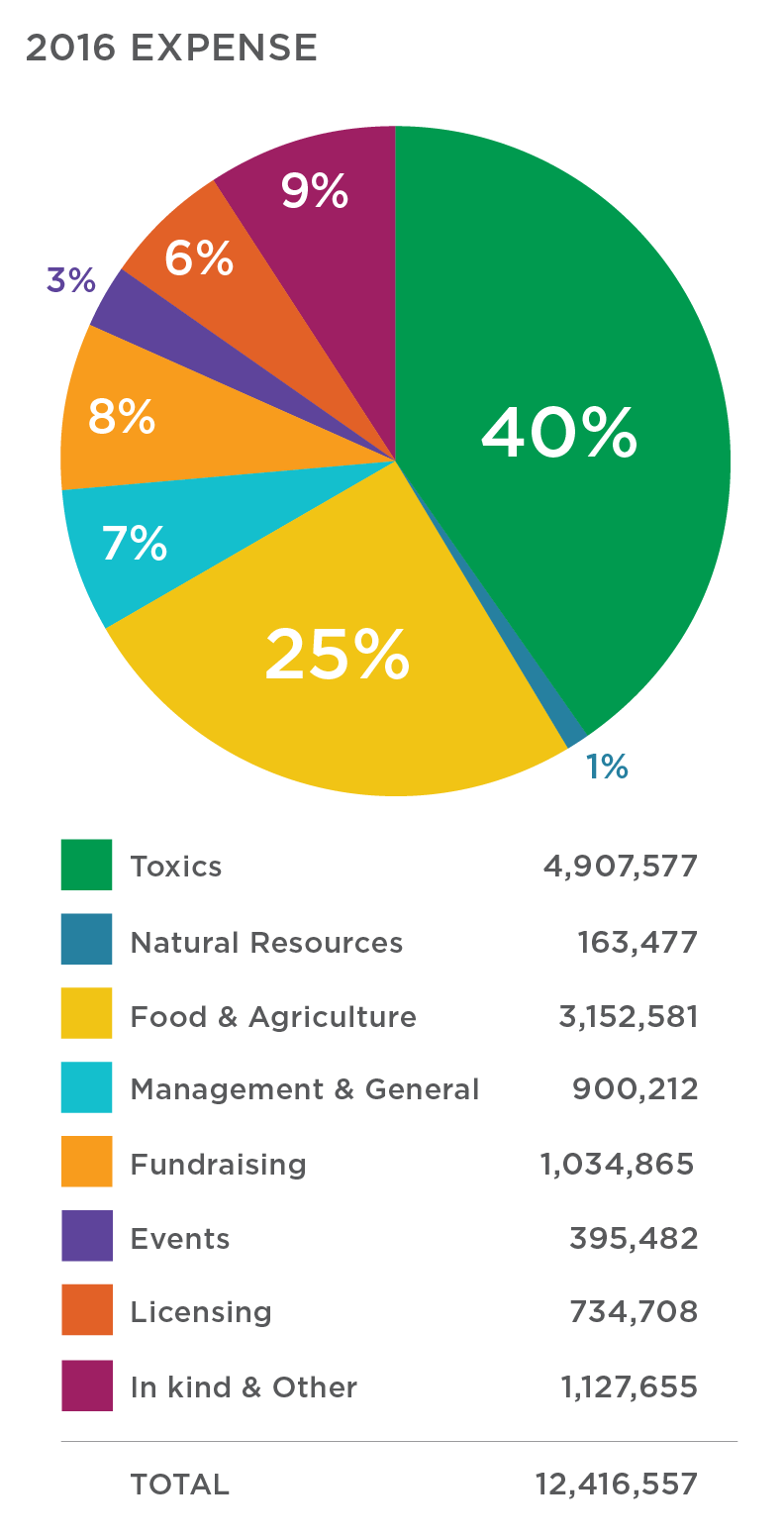Eating fish is an important way for women who are pregnant, nursing or planning to become pregnant to get the omega-3 fatty acids essential for babies’ development. However, seafood also contains mercury, a powerful neurotoxin that is harmful to the brains of fetuses, infants and young children. The Food and Drug Administration and the Environmental Protection Agency recommend these women eat eight to 12 ounces of seafood a week, but we thought the advice was misguided. So EWG conducted a comprehensive study to determine the mercury levels in the hair of women who eat the amount of fish federal agencies recommend. Released in March 2016, the report found that nearly 30 percent of women tested exceeded the EPA safety guideline for mercury exposure during pregnancy. In order to help women choose fish high in omega-3 fatty acids and low in mercury, we developed guidelines that correct the government’s flawed advice. We also created a calculator to customize seafood choices based on age, weight and life stage. The study received extensive media coverage, including in major news outlets such as The Washington Post, Time magazine and CNN.


